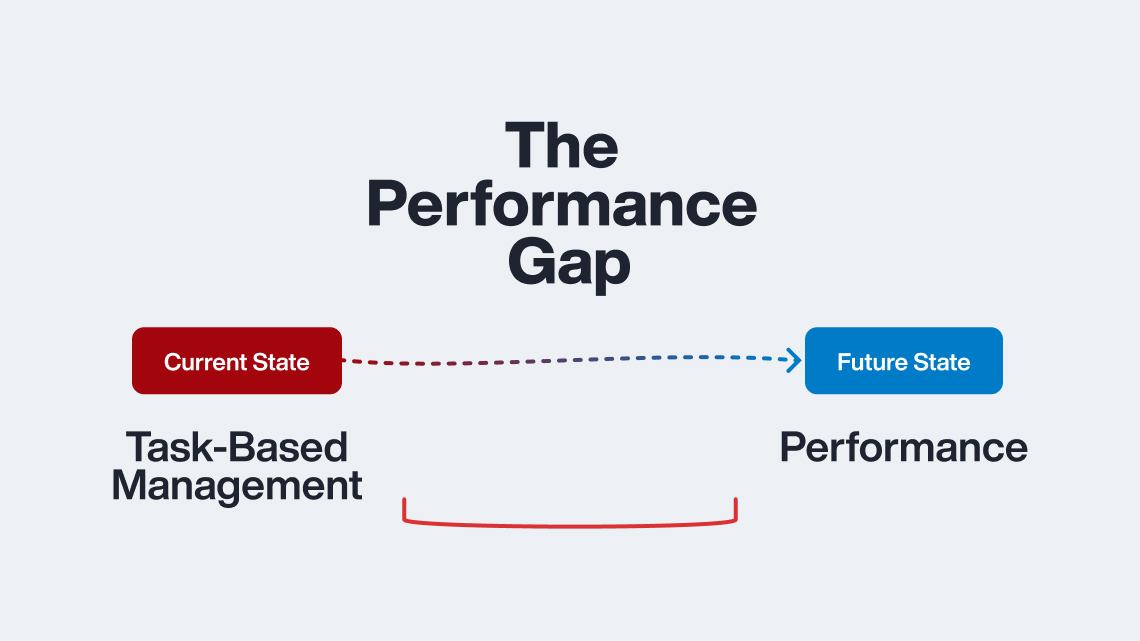Published on April 12th, 2021
By Marc Frenkiel
Is it an exaggeration to say that San Francisco is the greatest hub of technological invention and innovation the world has ever known?
Take a look at the Milken Institute’s Best Performing Cities 2020 Report. Looking back at the year 2019, the San Francisco-Redwood City-South San Francisco Metropolitan Statistical Area took the top spot:
The region’s wage income growth in the five-year benchmark and the recent period exhibit exceptional strength (ranked second among large MSAs). Besides the region’s robust growth in job creation and income, it also commands the highest rank of five-year high-tech GDP growth among large metropolitan areas in the nation. More importantly, the high-tech content as a share of the regional economy is increasing.
The San Francisco-Redwood City-South San Francisco, CA, MSA is already home to many global household names. Those technology-driven service firms, such as Airbnb, Amazon, Salesforce, and Uber, are not only trophies but also the anchors of the regional technology cluster. However, tech services startups are shaping the current and future growth of the region. They are the dynamic force that elevates San Francisco-Redwood City-South San Francisco to the top rank this year. These startups cover areas in data analytics, financing/banking, gaming, logistics, markets, and sales.
The San Francisco Bay Area is also an emerging financing and logistics center for global commerce. The region’s innovative capacity blends well with the heightened demand in blockchain, financial technology, and other data analytic technologies that are reshaping global commerce. The phenomenon is by no means unique in this period to San Francisco but illustrates the richness of the region and its ability to attract and retain talent, despite lackluster commercial space development and low housing affordability.
San Francisco’s Achilles Heel
In 2019, the Bay Area boasted a median household income of roughly $112,000, significantly more than the United States’ median household income of $69,000.
And where there’s money, there’s costly housing. San Francisco has consistently placed as the most expensive U.S. rental market (here, here, and here). However, those who did not partake in the city’s tech boom saw their purchasing power reduced. The gap between the “haves” and the “have nots” widened, and quality of life soured for all.
So when the country went into lockdown due to the global pandemic and work-from-home policies were implemented across the board, many residents fled to areas where they could get more “bang for their buck.” At the end of 2020, San Francisco’s vacancy rate stood at about 10%, roughly double what it was prior to the pandemic.
Is this a long term trend? Recent data indicates this not to be the case.
The state of San Francisco’s rental market
As vacancies rise, rents typically fall, and with prices down between 23% and 24%, San Francisco has seen some of the steepest cuts in the nation. Coupled with concessions like 2-3 months free, property owners and managers are trying their hardest to incentivize prospects to sign new leases. But is this enough to drive demand?
It could very well be. As the San Francisco Chronicle’s Roland Li reports:
Renters are coming back to San Francisco and demand is up, said Oz Erickson, chairman of developer Emerald Fund. At the 418-unit 100 Van Ness apartment tower, rents were down as much as 30% from 2019 during the pandemic, and are now around 20% lower, he said.The tower was 22% vacant at the end of last year but has improved to 6% vacancy, he said.
Where have they gone?
While the media may have helped perpetuate the narrative of the “end” of San Francisco, the evidence — both empirical and anecdotal — suggests otherwise.
Data from the United States Postal Service analyzing change of address requests shows that most of San Francisco’s out-migration was to other Bay Area counties. According to the San Francisco Chronicle:
The postal service report doesn’t support the conventional narrative that the bulk of those leaving the city are decamping for cheaper, more business-friendly states like Texas and Florida. Instead, the majority of those escaping the city during the pandemic relocated to other Bay Area counties. The top six destinations were all Bay Area counties: Alameda, San Mateo, Marin, Contra Costa, Santa Clara and Sonoma.
The fact that the bulk of these counties are within driving distance of San Francisco suggests that those who decamped for the suburbs wish to remain close enough to the city to (eventually) commute to work, patronize its businesses and partake in its culture, and possibly even move back at a later date.
Among the city’s ultra wealthy who left, anecdotal evidence suggests an inevitable return. Leigh Rowan, founder of the full-service travel management company Savanti Travel, told SFGate that while he’s helping clients temporarily move to beach destinations like Miami; Puerto Vallarta, Punta Mita and Cabo San Lucas, Mexico; and Costa Rica, “no one has said yet that they don’t want to come back when the state reopens. ‘No one is abandoning the bay… Everyone is very bullish about the bay coming back and returning home.’”
More data, please
Further supporting the bull case for San Francisco is recent data from the VTS Office Demand Index, which tracks office demand by tracking both in-person and virtual tours. According to the index, 94.3% of the office demand that was lost in the pandemic has been recovered. It’s safe to say that the 7% year-over-year discount in office rents has played a role in the recovery.
The VTS report goes on to include a caveat:
“While San Francisco’s recent and sustained recovery in office demand is great news for this leasing season, for owners in the market, real recovery might take even longer given that market demand was down markedly in the months leading up to the pandemic. Inhibited by eroding availability and affordability, demand slowed for much of 2019. By January 2020, San Francisco VODI was down by over 40 percent from the previous year.”
So while the pandemic certainly accelerated the downward trend in San Francisco office demand, the reality is that some companies were already exiting in 2019.
The culprit: sky-high office rents.
The destination (for those remaining in the Bay Area): Oakland.
This is a silver lining for San Francisco multifamily owners and operators: every Bay Area-based employee is a potential San Francisco resident.
How to proceed
In today’s uncertain market, occupancy must be protected at all costs, and there are several ways to go about this, one of which is doubling down on marketing initiatives.

Investing more in pay-per-click advertising, social media, and premium listings on Internet Listing Services will generate more leads, which, when coupled with an AI leasing assistant that responds to all inquiries instantly, can improve occupancy in a short period of time.
According to internal AppFolio research, 60% of prospective renters will move on if they do not receive a response within 30 minutes. In a market experiencing depressed demand, maximizing every lead that comes your way is vital: providing an instant follow-up response leads to a higher probability of engagement, and in turn, a higher likelihood of converting prospects into residents. When San Diego-based Cambridge Management Group incorporated AppFolio’s AI Leasing Assistant, Lisa, into its operations, the upside was immediate. As the Cambridge team shared with AppFolio in a case study:
“After assessing the performance of the (leasing) department as a whole and running the analysis of our profitability, incorporating Lisa was a no brainer. We are more profitable and have seen our team’s performance increase dramatically with no lag time in response or missed leads. We work normal business hours, but Lisa is always on. She allows for continued conversations after hours with our prospects, who feel like they are getting great service.
With Lisa, we’re booking more showings and we’re not getting bogged down with repetitive questions, lead tracking, and follow up. Our team is able to focus on higher level interactions. Lisa has access to our calendars, streamlines communication with the prospect and books the showing for us directly without any added interaction from our team.”
Additionally:
“Her reporting gives us insight into the specific platforms our leads come from and then which platforms are performing best. From a marketing perspective, this information is incredibly valuable when we assess where we are spending our marketing dollars. She identifies which of our listings provide the most traffic and enables us to make more informed decisions on the allocation of future funds.”
Final thoughts
As COVID vaccines grow more accessible, San Francisco, like most US cities, is beginning to return to normal. Time will tell if “normal” translates to a return to peak rent levels.









Comments by Marc Frenkiel